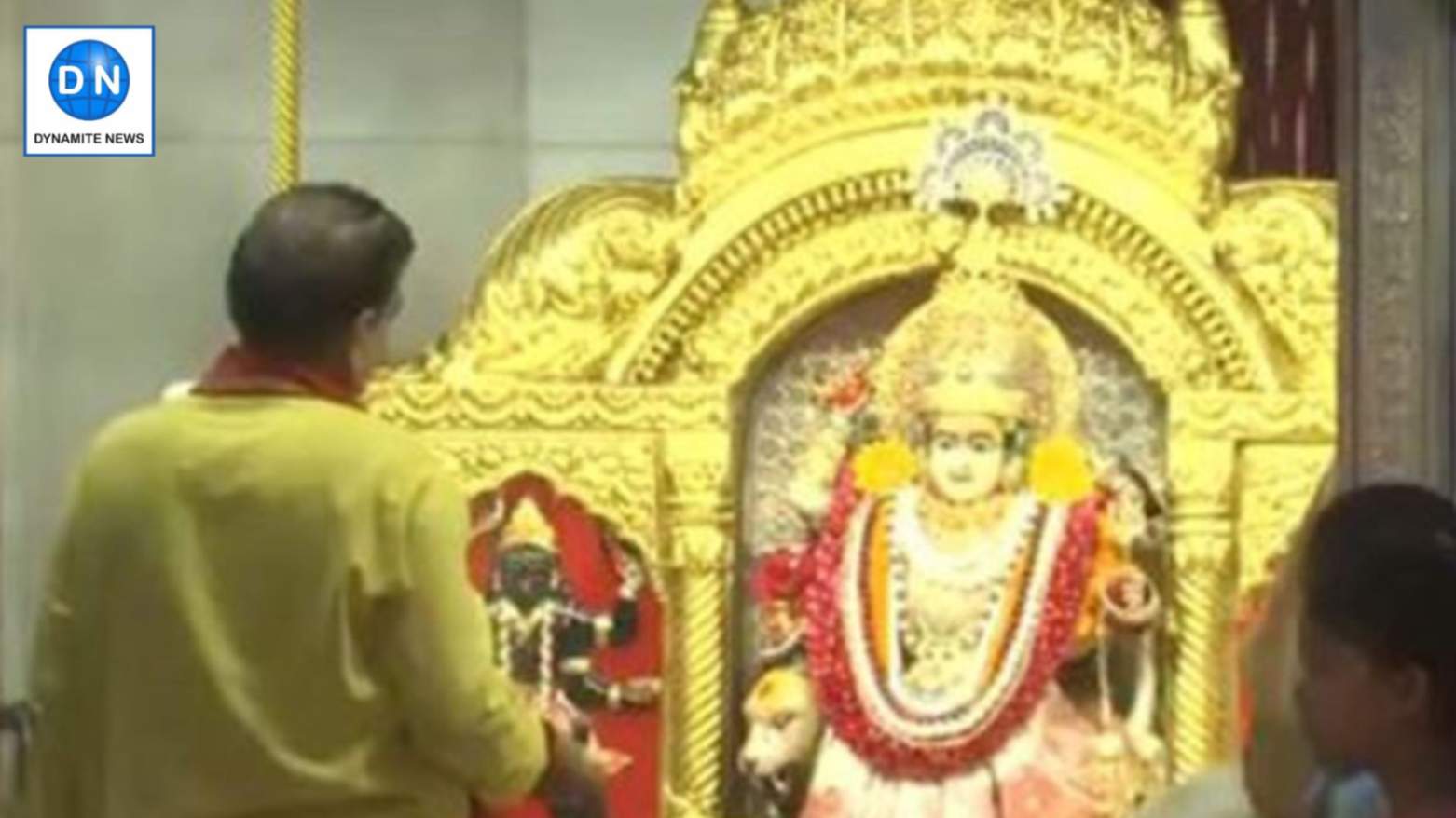
New Delhi: The morning aarti was performed at the Jhandewalan temple in the national capital on Monday morning on the occasion of the fifth day of Shardiya Navratri.
On this day, Goddess Durga is worshipped in the form of Mata Skandamata.
Meanwhile, in Gujarat's Jamnagar, the youth performed Garba with flambeau and performed raas on burning embers during the festival of Navratri.
Navaratri at Indore Central Jail
In Madhya Pradesh, inmates performed the Garba dance on the occasion of Navaratri at Indore Central Jail.
Moreover, in West Bengal, a Durga Puja pandal is being made based on the theme of 'The Sphere' built at Santosh Mitra Square in Kolkata.
Various images and light play were seen on the huge sphere with 11D movies inside the sphere.
According to mythology, Goddess Skandamata is four-armed and is riding on a lion. On one hand, Skandamata is holding her son Skanda or Kartikeya. Kartikeya, the son of Lord Shiva and Goddess Parvati, is also known as Skanda.
Also Read |
Delhi: Celebrations continue on 4th day of Shardiya Navratri

Lord Skanda was trained by Goddess Parvati, hence the fifth form of Goddess Durga is called Skandamata.
Worshipping Goddess Skandamata
It is believed that worshipping Goddess Skandamata fulfils all the wishes of devotees and brings happiness in life and the wishes of having children get fulfilled.
Also Read |
Celebrations in full swing on 3rd day of Navratri
Navratri, which means 'nine nights' in Sanskrit, is dedicated to the worship of Goddess Durga and her nine avatars, known as Navdurga. The festival is celebrated with great devotion across India, with rituals and prayers honouring the goddess in her various forms.
Navratris throughout the year
Hindus observe four Navratris throughout the year, but only two--Chaitra Navratri and Shardiya Navratri--are widely celebrated, as they coincide with the changing of the seasons.In India, Navratri is celebrated in various ways.
In North India, particularly in Uttar Pradesh, Uttarakhand, Bihar, and Madhya Pradesh, the Ramlila, a dramatic re-enactment of scenes from the Ramayana, is organised.
The festival concludes with Vijayadashami, marked by the burning of King Ravana's effigies. (with Agency inputs)







